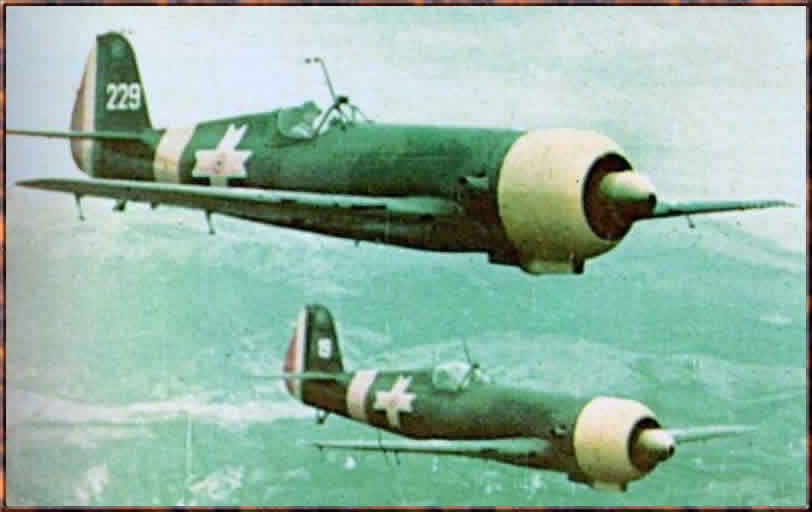
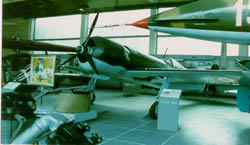
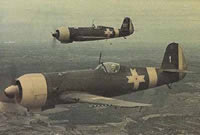
   |
|
|
|
|
|
|
|
|
|
|
|
|
|
|
|
|
|
|
|
The IAR-80 fighter |
|
|
|
The cockpit ( which was still open on the prototype but fairly comfortable otherwise ) and its layout were also copied from the PZL - P24E , while the control surfaces, with their mechanical parts, the electrical systems and instruments onboard were adapted from other projects and redesigned specifically for the IAR - 80. Most of the instruments and the gunsight were still imported from foreign sources, which remained a problem to be solved should war break out. |
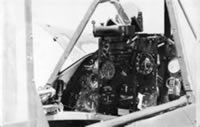 |
|||
|
||||
|
||||
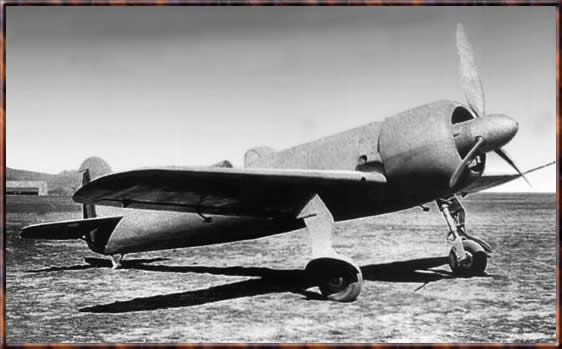
The IAR - 80 prototype
|
Technical data of the prototype IAR-80
|
Wingspan
|
10 meters
|
|
Length
|
8.16 meters
|
|
Height
|
3.6 meters
|
|
Weight (empty)
|
1780 kg
|
|
Weight (loaded)
|
2270 kg
|
|
Maximum speed at 5000 m
|
510 km/h
|
|
Climb to 1000 m
|
1 minute and 20 seconds
|
|
Climb to 5000 m
|
6 minutes
|
|
Maximum operational ceiling
|
11000 m
|
|
Range
|
700 km
|
|
Engine
|
IAR-K14 II C32 rated at 857 HP
|
|
Armament
|
2 ( or 4 ) FN 7.92 machine guns
|
|
Crew
|
1
|
|
Numbers produced
|
1
|
|
Serial number
|
0
|